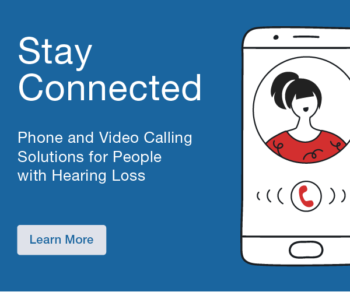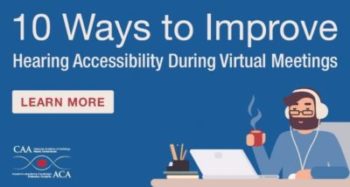This presentation will begin with an introduction to the significance of vestibular and balance functions in pediatric development, emphasizing their critical role in coordination and spatial awareness. We will discuss the importance of early identification and intervention for vestibular and balance disorders in children, and how integrating these assessments into clinical practice can improve long-term outcomes. The presentation will then explore the pediatric vestibular and balance systems, highlighting common causes of disorders including those associated with hearing loss and their impact on children’s daily functioning and developmental milestones.
Next, we will review key assessment tools and techniques, including clinical history and symptom questionnaires, observational strategies, and more objective testing methods such as caloric testing and postural control assessments. Special attention will be given to age-appropriate adaptations in assessment protocols to ensure accuracy across different developmental stages.
The session will cover how to interpret assessment findings, focusing on differentiating between normal developmental patterns and pathological symptoms. We will present case study examples to illustrate these points. Practical strategies for incorporating vestibular and balance assessments into routine clinical care will be discussed, along with challenges pediatric practitioners may encounter. Finally, we will emphasize the importance of multidisciplinary collaboration and review treatment options for managing inner ear disorders in children, concluding with a call for more comprehensive care in clinical settings.
Learning Objectives:
- Understand the Importance of Vestibular and Balance Assessments in Pediatrics:
- Identify the role of vestibular and balance systems in child development and their impact on overall health.
- Recognize the importance of early identification and management of vestibular and balance disorders in children.
- Familiarize with Pediatric Vestibular and Balance Assessment Tools:
- Explore the various assessment techniques and tools available for evaluating vestibular and balance function in pediatric populations.
- Understand how to select the most appropriate assessment methods based on the child’s age, developmental stage, and presenting symptoms.
- Develop Clinical Skills for Implementing Vestibular and Balance Evaluations:
- Learn practical approaches for incorporating vestibular and balance assessments into routine pediatric clinical practice.
- Gain strategies for adapting assessment protocols to meet the unique needs of children with different clinical presentations.
- Interpret Pediatric Vestibular and Balance Assessment Results:
- Learn how to analyze and interpret assessment findings in the context of common pediatric inner ear disorders.
- Develop strategies for distinguishing between normal developmental variations and pathologic conditions that require further intervention.
- Explore Treatment Options and Strategies for Pediatric Vestibular and Balance Disorders:
- Review evidence-based treatments and interventions for managing vestibular and balance disorders in children.
- Discuss the role of rehabilitation, education, and family involvement in supporting recovery and promoting long-term health outcomes for children with inner ear disorders.



